Special Error DiffusionHow many unique colors are needed for acceptably rendering color? DitheringDithering can exploit human vision reduced ability to precisely distinguish colors accurately at higher spatial frequencies. Full color may be rendered on devices with limited (for example, 3, 4 or 256 color) palettes by dithering, where error diffusions are among better dithering techniques. Rendering e.g. 32-bit CMYK images using single dots of primary printed colorants may be compromised by not fully accounting for printed density inconsistencies among isolated and adjacent dots. Consequently, diffused errors may not be representative. Further, error diffusion to binary is compromised by an assumption that dispersed binary dots are indistinguishable from their average gray value. Error diffusion to a larger selection of color values can exploit human vision better blending more similar colors at high spatial frequencies. While "worm" artifacts can be problematic for binary error diffusions, artifacts can be less evident when error diffusing with finer intensity granularities. Current digital color printing pipelines typically involve 3-dimensional interpolation for color conversion followed by binary error diffusion or multibit halftoning, which may achieve more consistent densities than does binary error diffusion.This proposal eliminates separate color conversion and combines halftoning and error diffusion. 24-bit RGB (or YCbCr) color inputs are summed with diffused error and truncated to 12-bits values, which index a table of halftone dot profiles that were generated for each of 4096 unique colors, along with corresponding rendered densities characterized in input color space values at full input precision from which diffused errors are calculated. Dithering Precision Visual Experiment
Error diffusion in linear color spaceSpatial dithers assume that spatially distributed stimuli can be equivalent. This is more nearly correct when stimuli are quantized more linearly in stimulus energy than perception. However, RGB images and displays typically involve gamma, approximating perceived color differences. Better results should be obtained by converting to e.g. linear RGB for error diffusion, while still indexing in input (gamma or other perceptual difference) color space. Error diffusion using linear stimulus values may reduce dither texture prominance in darker colors. For error diffusion to 12 bits, this might involve a 4096-entry table of 32-bit linear stimulus values to diffuse in addition to a 4096-entry table of (16-bit) halftone dot profiles. Calibrating a rendering device amounts to generating that table of 32-bit linear stimulus values for those halftone dot profiles.
- 3 May 2004 |
|
maintained by blekenbleu |

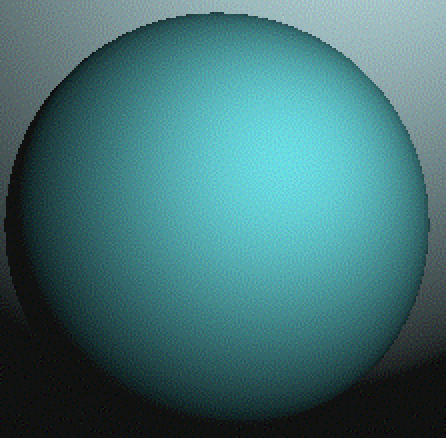 These examples were generated using a cropped
These examples were generated using a cropped
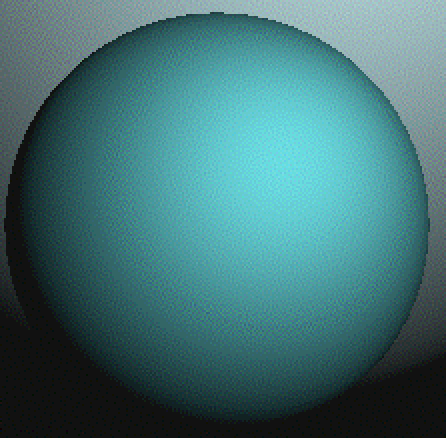

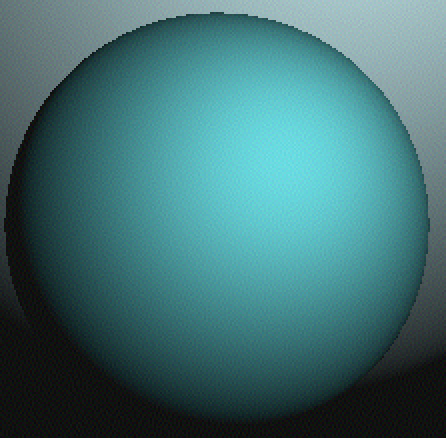
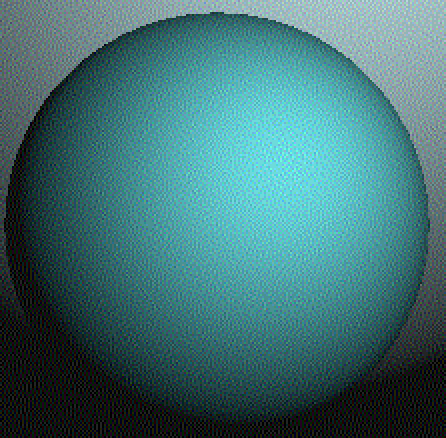
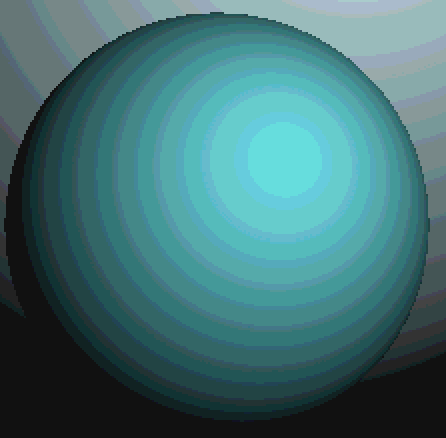 To demonstrate that NOT dithering reduced-precision images
would be generally unacceptable,
To demonstrate that NOT dithering reduced-precision images
would be generally unacceptable,